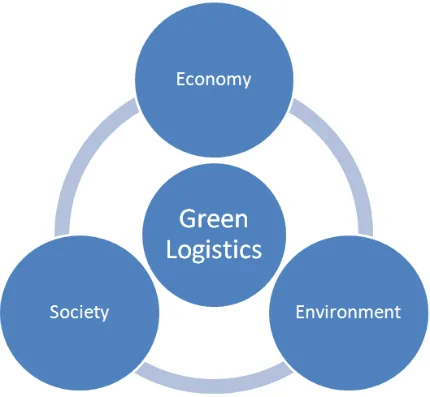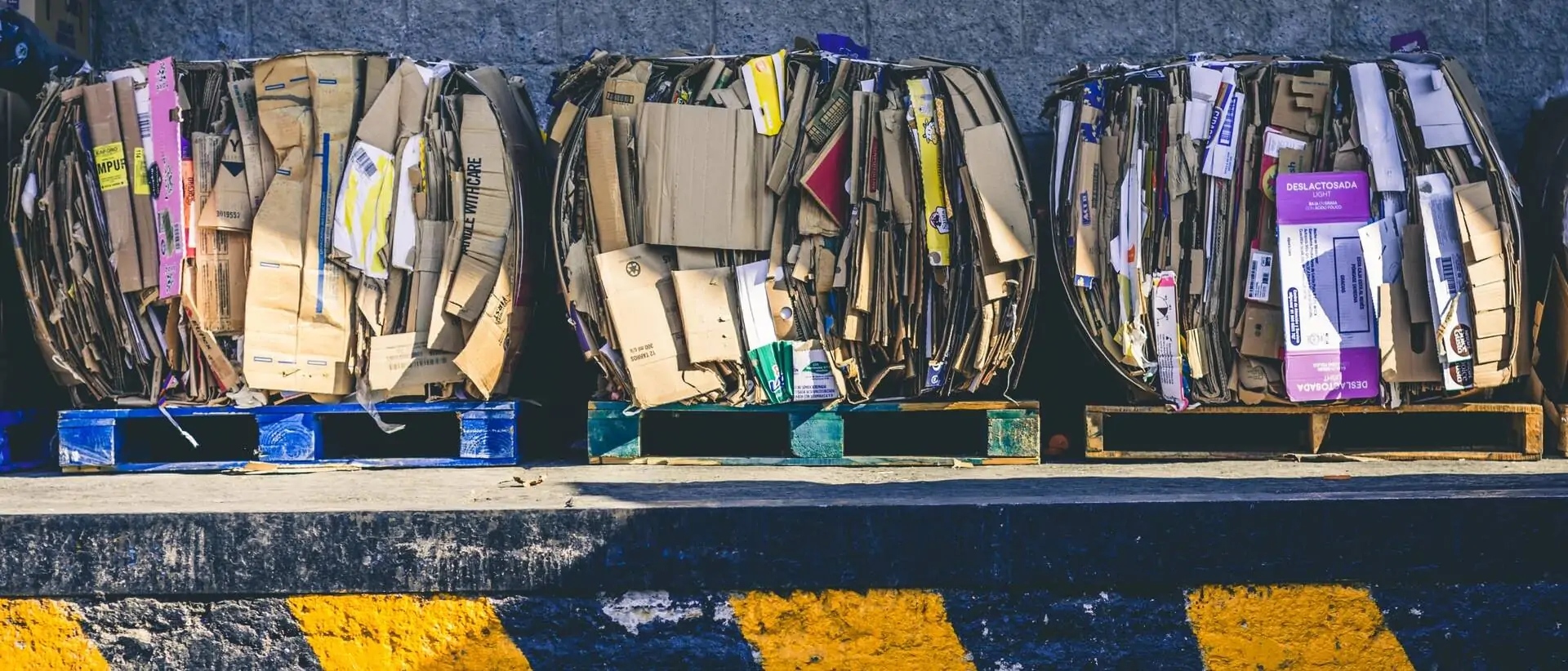While logistics maps the production route to the customer, reverse logistics, also known as return logistics, closes this half-circle with the most efficient planning, control and disposal of materials possible to create an economic cycle. It is divided into returns logistics, redistribution logistics and disposal logistics. The aim is to ensure the efficiency of the value chain in its economic efficiency in the same way in the reverse direction.
Logistics services are always improvements in the supply environment of systems, i.e. the physical transport of product goods and the associated information management. Reverse logistics encompasses these services in the field of the disposal environment and the return of products and recyclable materials to the economic cycle.
E-commerce and the Distance Selling Act, which applies throughout Germany, are largely responsible for the growing importance of reverse logistics. This came into force on June 30, 2000, and grants the consumer a fourteen-day right of withdrawal and return.
The additional transport routes and the increased circulation of inventories due to online retailing require an ecological awareness for product development, reverse planning and control of transport routes (re-distribution logistics) and for the disposal of product components with as little residue as possible. This responsibility towards the environment, with the aim of simulating its regenerative cycles, is at the heart of reverse logistics.

An overview of the fields of reverse logistics.
The triggers for reverse logistics:
- Returns under the right of withdrawal
- Warranty for repairs
- Disposal in accordance with the Closed Substance Cycle and Waste Management Act (KrWG)
The triggers for reverse logistics are, on the one hand, the manufacturer’s obligation to take back products due to the customer’s right of withdrawal and the occurrence of the warranty in the event of repairs being needed. On the other hand, the Closed Substance Cycle Waste Management Act is based on the idea of disposal with as little residue as possible. This provides a legal framework for manufacturers, logistics companies and retailers to implement the economic aspects of reverse logistics in a targeted manner.
Nature, which can regenerate itself independently with its mechanisms, serves as a model for reverse logistics. In order to approach this, it is important to focus on the economic aspect as early as the production planning stage, by manufacturing in a way that conserves as many resources as possible or by ensuring that the raw materials are broken down as completely as possible. Many manufacturers take responsibility for the environment by taking back used or defective products and include disposal logistics (e.g. through recycling) in their economic cycle.
Further reasons for reverse logistics
In addition, the drivers of reverse logistics are the conservation of resources, which are often scarce worldwide, cost reduction through efficient transport routes (e.g. through retailer integration for shipping and returns, and product shipping directly to the manufacturer for repairs), as well as a growing environmental awareness of the parties involved (manufacturer, retailer, logistics service provider, customer).
An example of reverse logistics:
The manufacturer intends to bring a CD recorder onto the market. As early as the product development stage, the manufacturer incorporates environmental considerations by using materials that can later be separated and recycled with the least possible energy input.
If a customer reports a defect in the CD recorder after purchase, the device is sent directly to the manufacturer for repair instead of first being sent to the retailer.
If the customer initiates a return for the CD recorder, or wants to exchange the device or withdraw from the purchase, the manufacturer relies on the integration of retailers close to the customer. The nearest retailer who carries the CD recorder will accept the product and can offer it for sale in his store.
When the device has reached the end of its useful life, the consideration of the economic aspect in the product development pays off: after the manufacturer takes back the device, recyclable materials are recycled, the precious metals are separated and melted down for further use.
Further information on the topic of supply cycles can be found under the article The Milkrun Concept.
Teaser image: Green Logistics (License: CC BY-SA 3.0)
